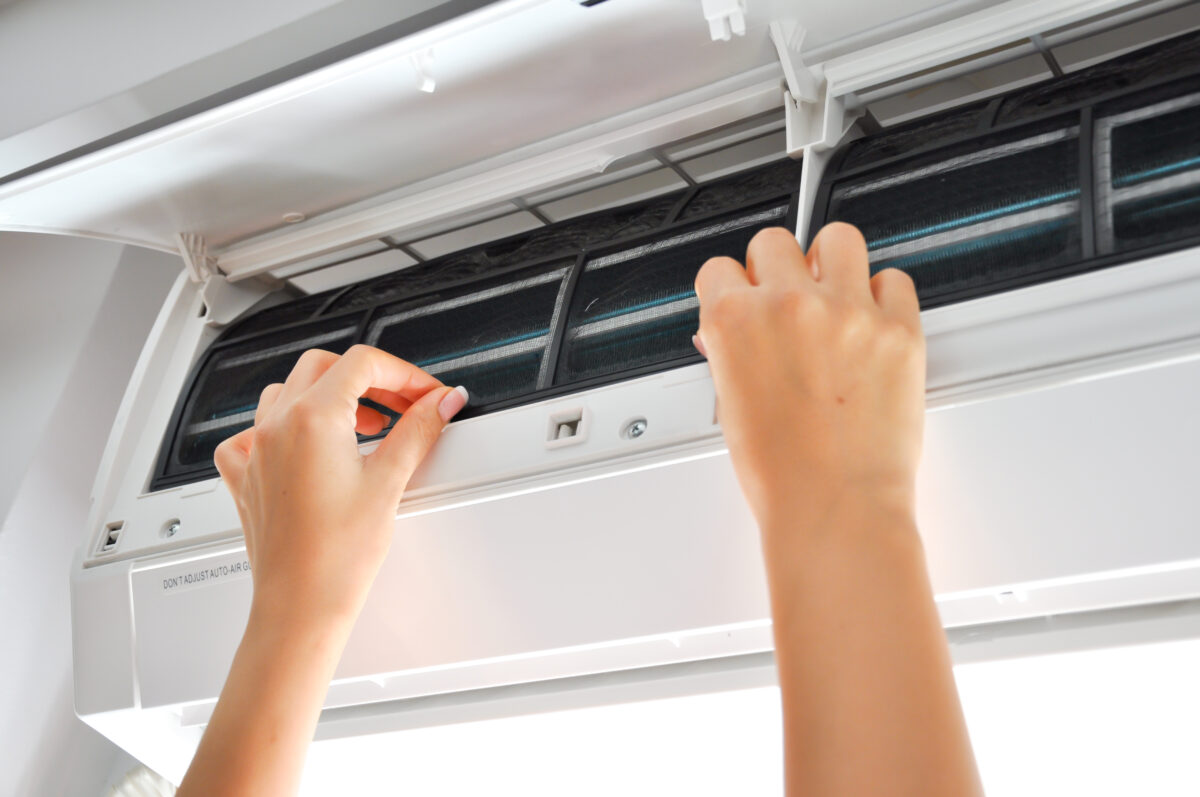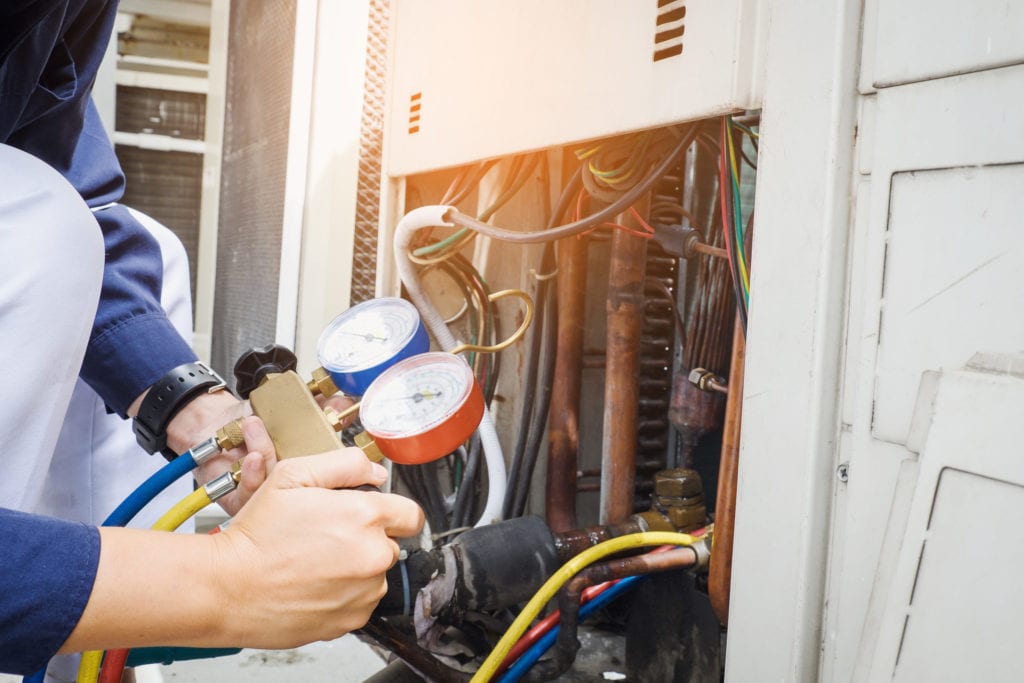How to Flush Your Hot Water Heater
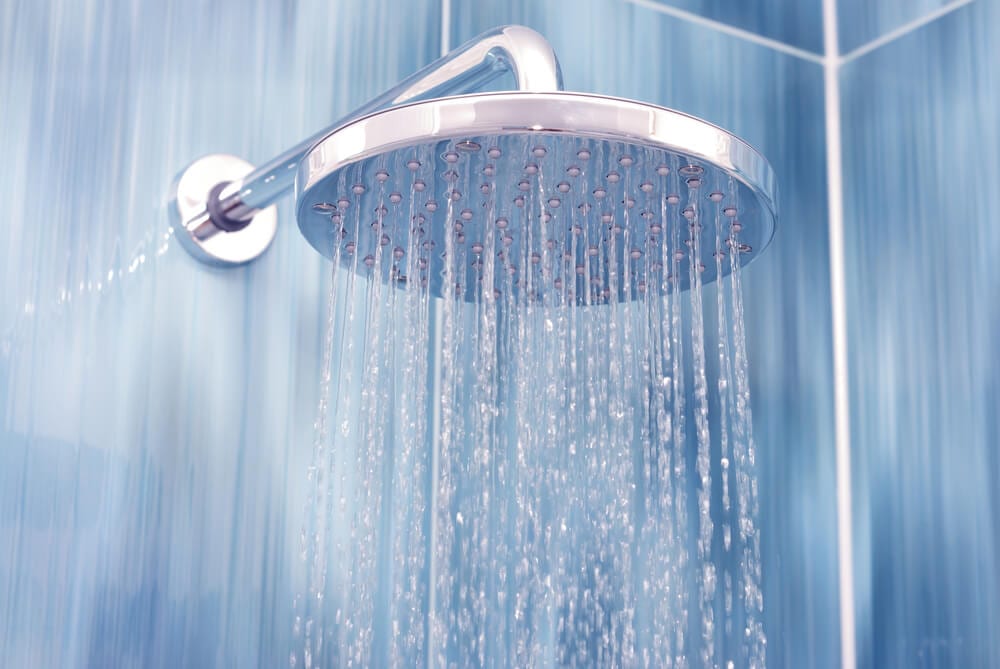
Your hot water heater is your pal. Very few people look forward to a cold shower, but a luxurious steamy one or — better yet — a long soak in the tub can be just what you need to decompress from a stressful day or shake off muscular soreness. Your hot water heater takes care of you, and you need to return the favor. How? It’s pretty simple, actually. Flush it once a year. Now, unless you’re a home maintenance pro, that probably begs a question. How do you flush your hot water heater?
Fear not, hot water lover. We’ve assembled a simple step-by-step guide to help you get through this process with minimal mess and optimal results. But first, let’s talk about why it’s important.
Why you need to flush your hot water heater
You probably already have a lot of home maintenance needs pulling at your attention. Why add one more to the list? Because you like hot water, that’s why. And you want to keep it flowing freely in your home. And without a regular flushing, your water heater can suffer from a buildup of sediment. This reduces the efficiency of your hot water heater and can even plug up your water lines. That’s no good. But don’t stress. With a pretty simple yearly flush, you can keep your hot water heater running efficiently and extend its lifespan.
How to do it
Ready to get started? You won’t need much. Really, the key essentials are:
- A hose
- A towel
- A wrench
This list assumes that you can run the hose somewhere to allow the water from your hot water heater can drain safely. If not, get a couple of five-gallon buckets ready to capture what you drain. You might also want to consider the bucket method if you’re water conscious. If you let the water cool first, you can use the water in your garden. Just avoid giving it to delicate plants that might not appreciate the sediment the water likely contains.
In addition to gathering your materials, there’s another key step you really can’t skip. Check the warranty for your hot water heater. Performing maintenance yourself, even simple maintenance like this, could void your warranty. It’s better to be safe than sorry.
Assuming your warranty gives you the go-ahead, you’re ready to get to it.
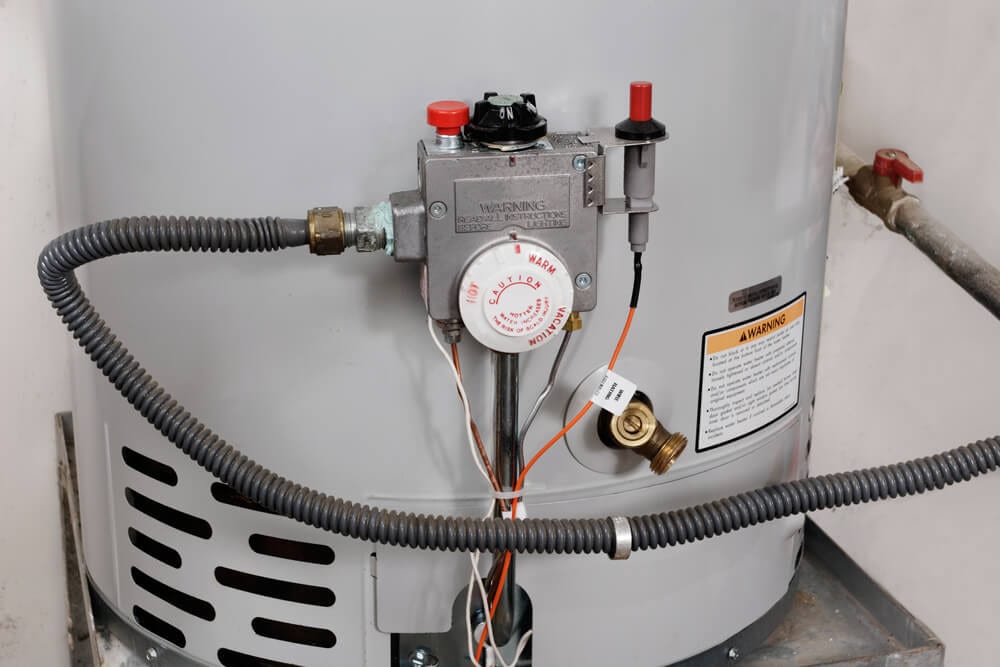
Step one: Cut off power and water
Safety first! Make sure your water heater is disconnected from its power source before you get started. If it’s electric, that means turning off the circuit breaker at your main breaker panel, then unplugging it. If it’s gas, note the temp it’s at for later, then turn the gas control knob to “Pilot.” Make sure your water heater is completely turned off before you move forward because draining water away from the heating element when it’s working can damage it.
Then, turn off your water heater’s water supply by shutting off the cold water valve. It will be located at the top of or above your water heater along a pipe that supplies it with cold water. A 90-degree turn will usually shut off the water.
If you can, wait overnight before you proceed to step two. This will allow your hot water heater to cool off so you’re not dealing with scalding water in next steps. If you can’t, use extra care.
Step two: Prevent a vacuum
You don’t want anything funky happening with your water lines while you flush your hot water heater, so go turn on the hot water somewhere in your house. Having this water source open will prevent a vacuum from forming as the tank drains.
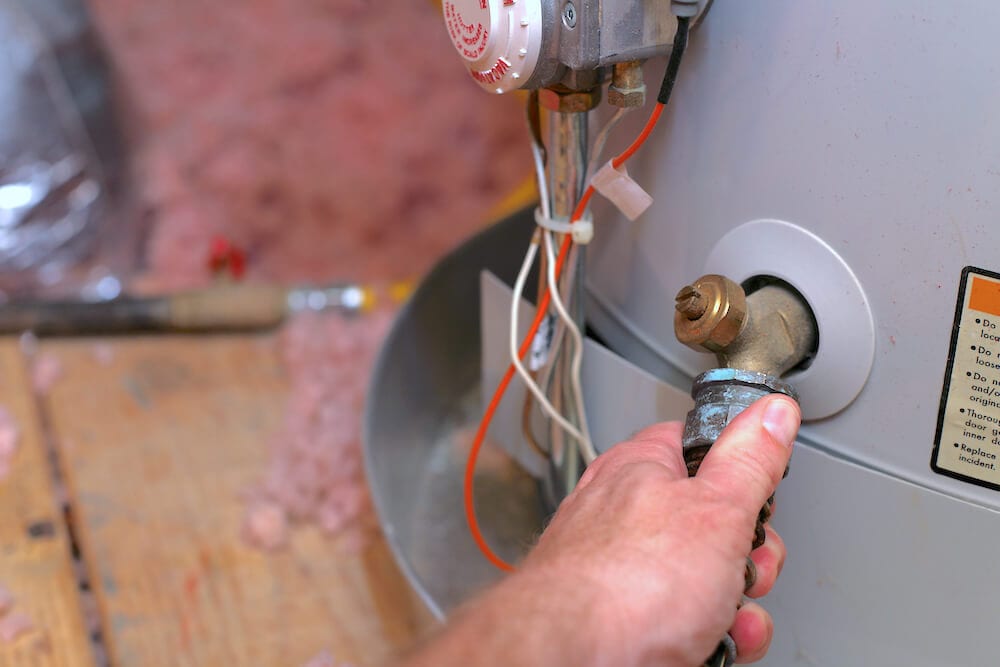
Step three: Get ready to drain
You’re about to empty out your hot water heater and all that water needs to go somewhere. Control it by connecting a hose to the drain valve. It will be located at the bottom of your water heater and will probably look a lot like a standard garden faucet. Tighten the hose with a wrench and drape a towel over the connection so you don’t have to deal with any spray issues.
Feed the hose somewhere the water can safely drain or put it in a bucket. Next, open the pressure relief valve towards the top of your water heater. It’s usually a lever you simply flip.
Step four: Drain it
If you didn’t let your water cool, be ready for hot water to flow quickly out of your tank. Consider gloves or towels to protect your skin. If you’re using the bucket method, have a second bucket ready to take its place when it gets full. Alternately, you can turn off the drain valve when the water nears the top of your bucket, drain it, then reopen the valve and refill your bucket, emptying as needed until your water heater is empty.
Ready? Open the drain valve and watch all that water and sediment pour out. Keep going until the tank is empty.
Step five: Flush it
Reopen the cold water valve at the top of your tank for a few seconds, then shut it off again and let the water drain. This will stir up any leftover sediment so you can fully flush your hot water heater. Repeat this process until you don’t see any more sediment coming out of your tank.
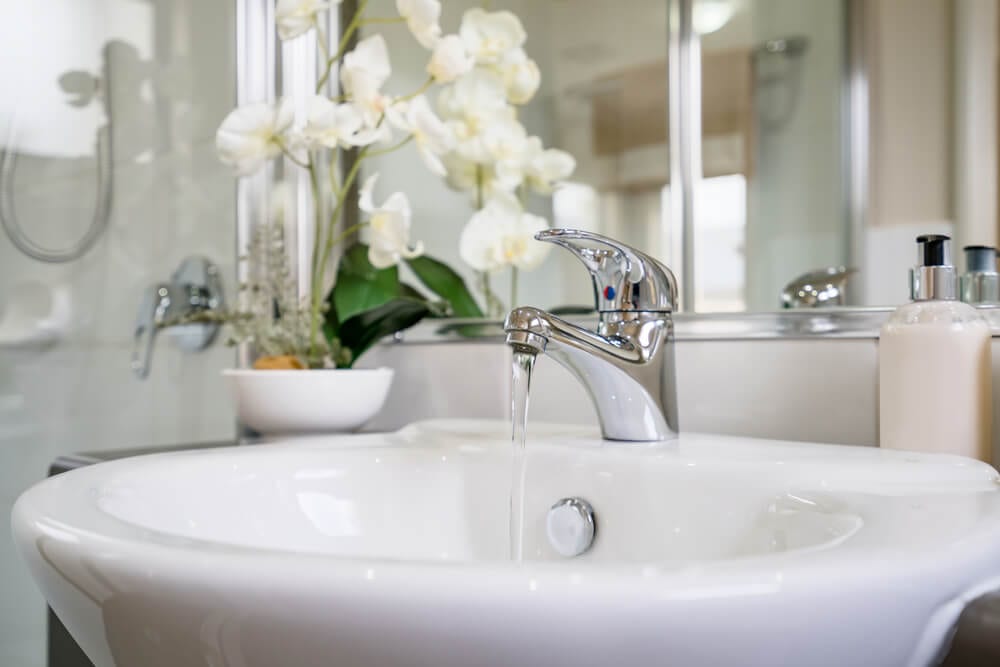
Step six: Refill it
Close the drain valve and close the pressure relief valve. Disconnect your hose. Next comes a sort of annoying step. Turn on all the hot water faucets in your house (sinks, bathtubs, showers, etc.). Having these freely flowing as you refill your tank prevents any pressure issues from arising within your water lines.
Then, turn the cold water supply back on and let your tank fill. Once it’s full, slowly reopen the pressure relief valve again to let any excess air get released. Then, close it again.
Now, head back to your faucets. Once water flow returns to steady (keep an eye out for hiccups and spurts that are indicative of air bubbles), turn them all off.
Step seven: Restore power
If your water heater is electric, plug it back into the wall before you restore power to it at your main circuit breaker. Then, turn it back on at the breaker box.
If it’s gas, relight the pilot and turn the knob back to the temperature at which it was previously set.
Listen to your water heater. You’ll be able to hear it start working again. In about 30 minutes, test that you have hot water again.
Voilà! You’ve just learned how to flush your hot water heater, extending its life and increasing its efficiency. Again, make sure you check your warranty before attempting any maintenance yourself. You can also always hire a licensed professional to flush your water heater. The point is simply to take good care of your hot water. Now, it’s time to reward yourself. But will you choose aower or a bath?

